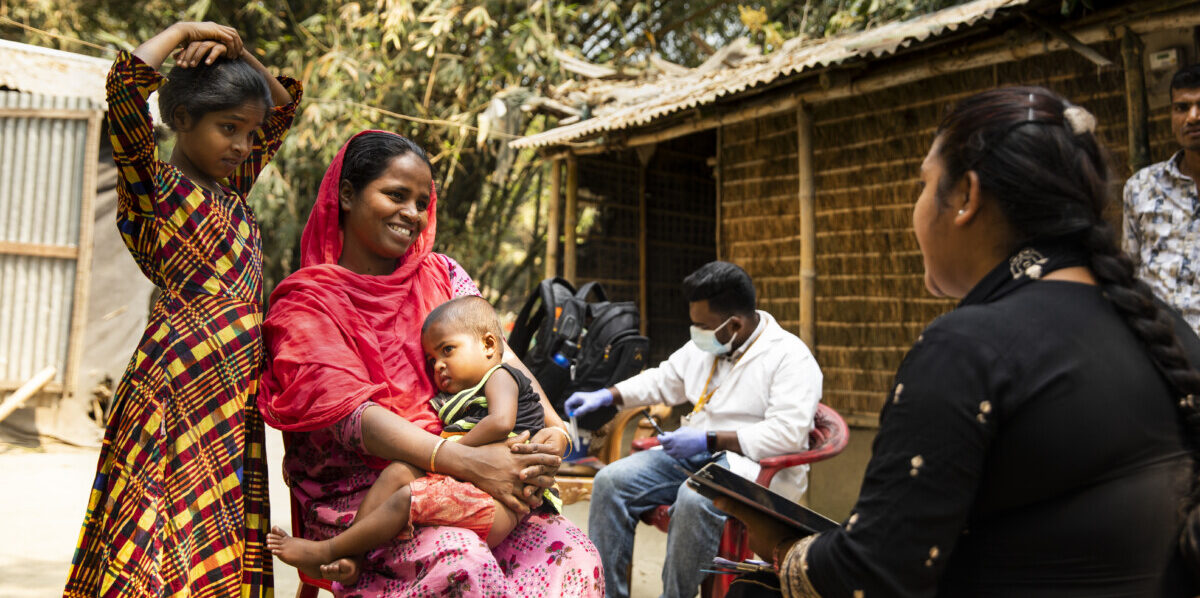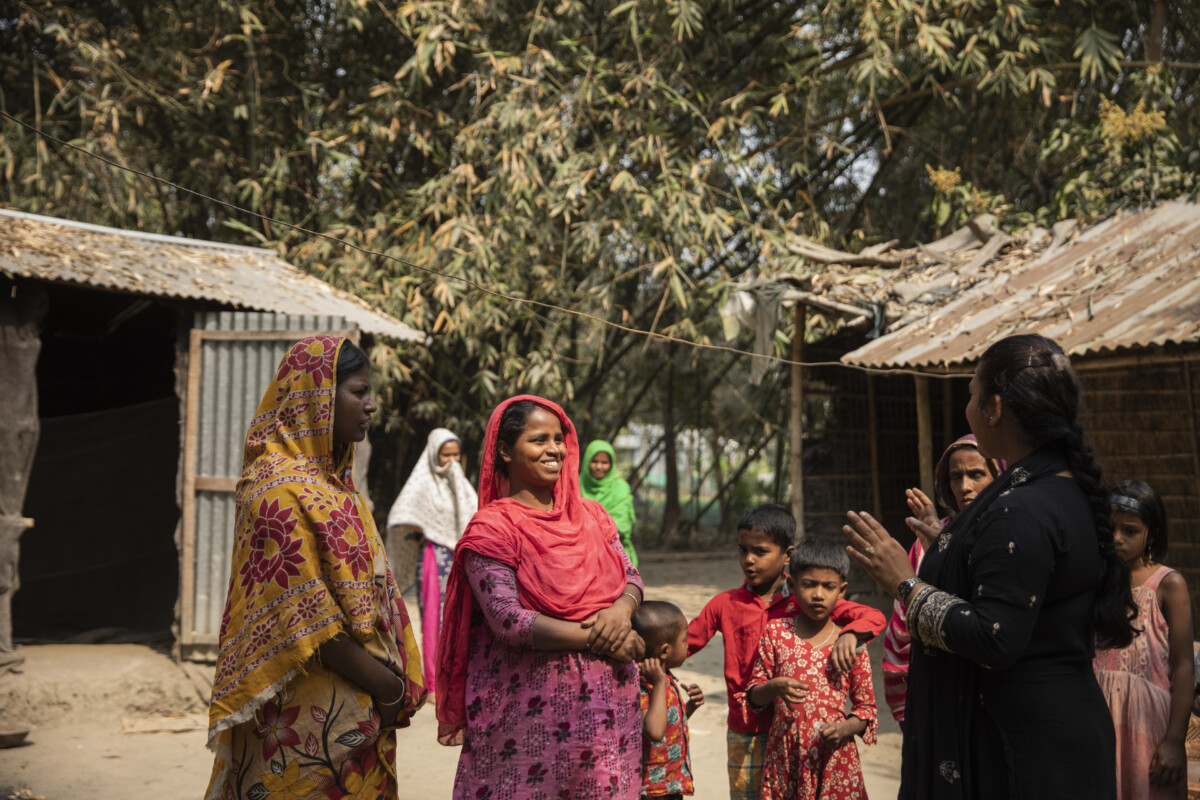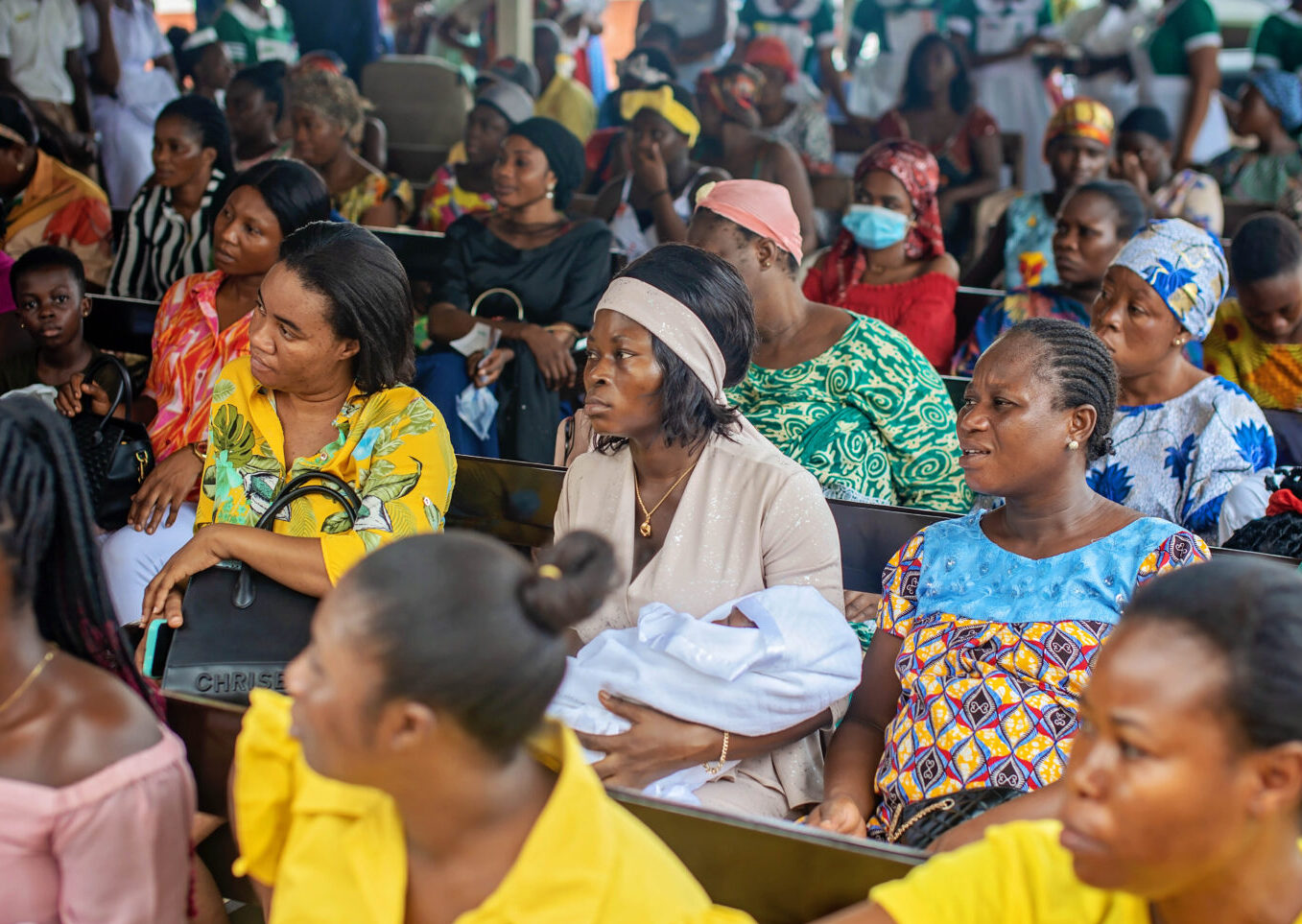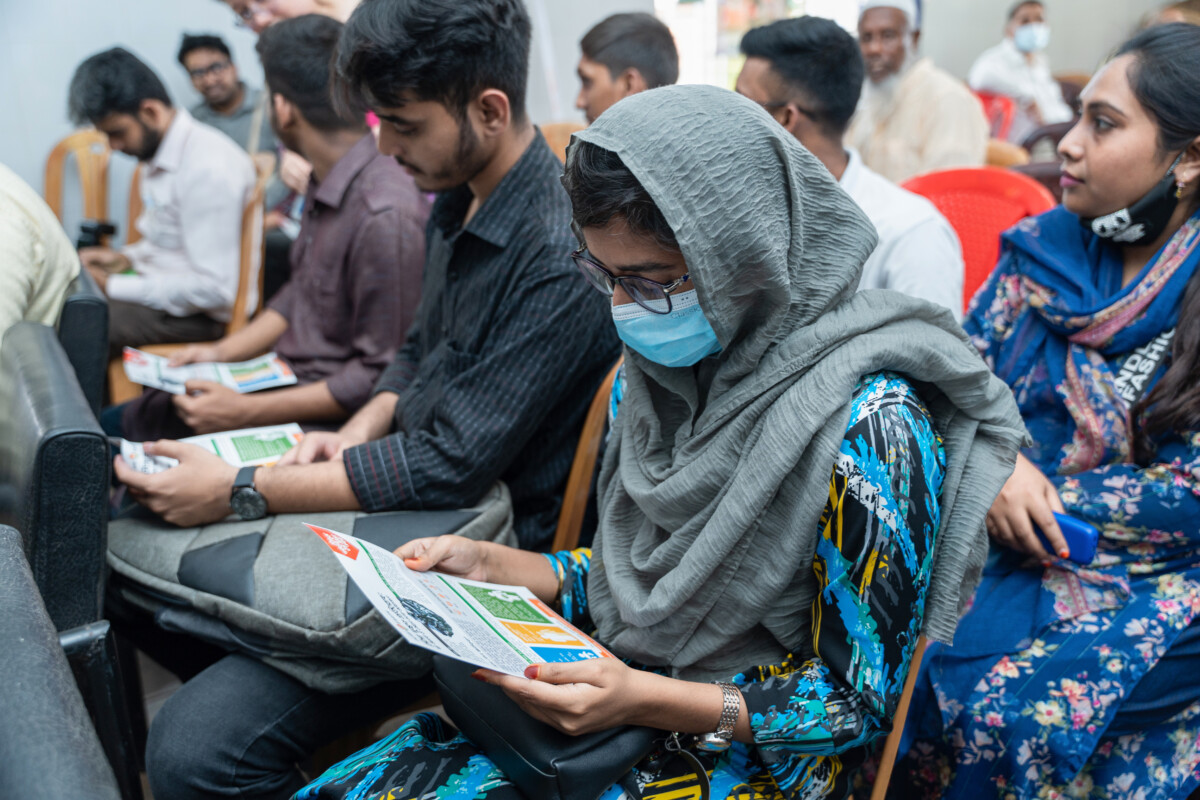Toxic Pollution’s Impact on Maternal Health
Toxic pollution causes immense harm to humans, especially to women and children, threatening maternal and child health. It can exacerbate other health concerns, trigger illness throughout the lifespan and can impact generations. But women in communities lead in adopting change. When women are included in advocacy, research, and interventions, polluted communities often experience positive, lasting improvement.
Exposures to dangerous chemicals have a multigenerational impact on women, families and entire communities. Toxicants such as lead and mercury can cause damage to fetuses in utero, including birth defects and neurological damage, and result in lower IQs. These chemicals can also be transmitted to infants via breast milk. Toxic exposures have been linked to pre-term birth, and infant mortality. New research has shown that exposure to toxic pollution in utero can also impact the future reproductive and genetic health of a developing fetus.
Toxic Exposure at Work Migrates to the Home
Artisanal small-scale and informal industrial work that cause pollution and/or use dangerous chemicals on a daily basis, such as mercury use in artisanal gold mining, recycling of used lead acid batteries, tanneries using hexavalent chromium and e-waste burning constitute areas of particular concern. Millions of women are dependent on these industries for their livelihoods and are exposed daily to toxic chemicals while they work. It is not uncommon for children to accompany their mothers to work. Often, subsistence industrial work is performed in or very close to where they live. This poses an even greater health risk to infants and children due to their smaller size and increased body burden. After work, women return to their homes to prepare meals and care for children. The workplace toxins come with them on their clothes, skin and in their hair, contaminating entire households.
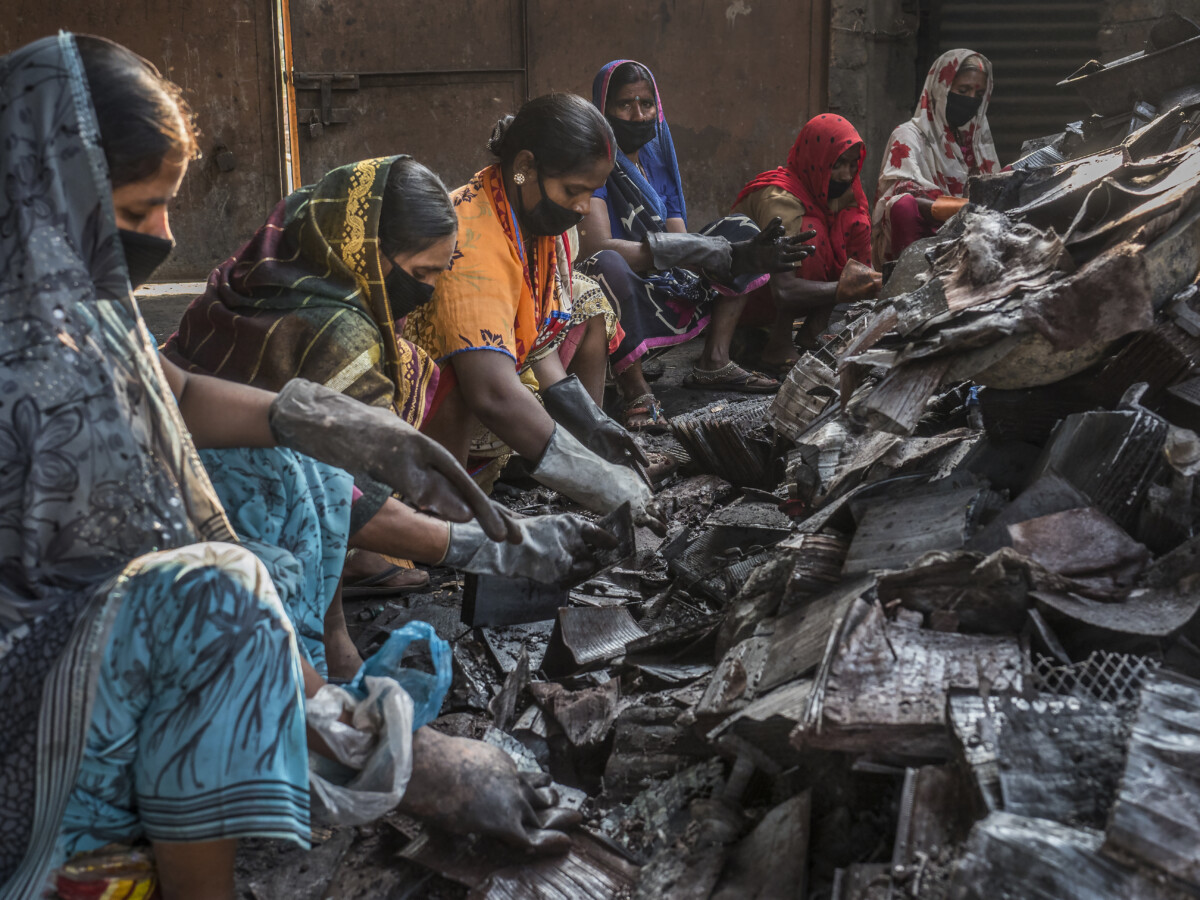
Women, Pollution, and Poverty
Toxic pollution, its health risks and subsequent environmental degradation are linked with poverty, and can hinder economic development and the poverty reduction efforts for women.
Women in informal toxic industries are commonly pushed to the fringe, thereby forming a de facto high-risk population. For example, they may be economically isolated, excluded from cooperatives or ownership positions or paid through back channels to work in their homes or backyards rather than in monitored, safer industrial environments. Women at the lowest economic rungs are relegated to sub-sectors of already informal toxic industries, scavenging through lead slag or downstream mining waste by hand. As primary caregivers, women’s workloads are additionally burdened when toxic pollution exposures cause illness or disability.
Aside from direct exposures, toxic pollution can also disproportionately burden women and girls. They are at greater risk for multiple pollution exposures, such as mercury or lead exposure plus exposure to air pollution from indoor cook stoves. Industrial contamination of water has made many ground and surface water sources no longer safe for domestic use. Girls and women have to spend time traveling longer distances for safe water, or must divert scarce income for the purchase of safe water, resources that could be spent on a girls’ education building future earning potential.
Women are Key to Solutions
Across the globe, women are cleaning up pollution, protecting families and the planet, and advocating on behalf of the most vulnerable. The profound impact that pollution has on maternal and child health demands action, and women are leading the effort, crafting solutions in government and policy making, private entrepreneurship, and community-level interventions.
Once educated on the dangers and sources of toxins, Pure Earth’s experts report that it’s the women in the community who often take charge—participating in our trainings on how to clean up pollutants in the home and make their work practices safe. They are also the most vocal advocates.
Left: Women attend an educational event on the impacts of lead poisoning on maternal and child health in Ghana.
Pure Earth’s Women’s Environmental Health Initiative
Pollution is a women’s health issue. Toxic pollution poses a unique threat to women’s health because of the reproductive impacts and likelihood of exposure to various toxic substances at the workplace and at home. Exposures to dangerous chemicals have a multigenerational impact on women and families.
Through the Women’s Environmental Health Initiative (WEHI), Pure Earth prioritizes women’s health through gender-informed programming. Pure Earth includes cohorts of pregnant and breastfeeding women in its health surveillance and is identifying new sources of exposure to lead and mercury and developing risk mitigation strategies specifically for women.
Learn More: Women’s Environmental Health Resources
Pure Earth Fact Sheets and Case Studies
- Fact Sheet: Reducing the Threat of Toxic Pollution to Women and Girls in Low- and Middle-Income Countries
- Why Women Hold The Key To Fighting Pollution
- Women and the Fight Against Pollution
- Mexico: Success Stories from the Circle of Women
- Indonesia: Meet Our All-Female Team of Pollution Investigators
- Empowering Women Gold Miners in Indonesia
Research
- Heightened susceptibility: A review of how pregnancy and chemical exposures influence maternal health, Varshavksy et al. Reproductive Toxicology, March 2020
- Global estimated pollution-attributable deaths (millions) by type of pollution and sex, The Lancet Planetary Health, 2019
- Exposure to persistent organic pollutants: impact on women’s health, Banrida Wahlang. Reviews on Environmental Health, August 2018
- Mercury Pollution and Artisanal Gold Mining in Alto Cauca, Colombia: Woman’s Perception of Health and Environmental Impacts, Vélez-Torres et al. The Journal of Environment and Development, September 2018
- Women, Health and the Environment, Bonnie Kettel. Women, Medicine, Ethics and the Law, 2017
- Mercury Exposure in pregnancy: a review, Solan et al. Journal of Perinatal Medicine, November 2014
- How Environmental Toxins Harm Women’s Reproductive Health, Cari Nierenberg. LiveScience, September 2013
- Heavy metals (lead, cadmium and mercury) in maternal, cord blood and placenta of healthy women, Al-Saleh et al. International Journal of Hygiene and Environmental Health, March 2011
- Maternal Low-Level Lead Exposure and Fetal Growth, Zhu et al. Environmental Health Perspectives, June 2010
- Grassroots Activism: an Exploration of Women of Color’s Role in the Environmental Justice Movement, Rainey and Johnson. Race, Gender & Class, Vol. 16, No. 3/4, 2009
- Fetal Lead Exposure at Each Stage of Pregnancy as a Predictor of Infant Mental Development, Hu et al. Environmental Health Perspectives, November 2006
- Are Women More Vulnerable to Environmental Pollution?, Maureen Butter. Journal of Human Ecology, November 2006

